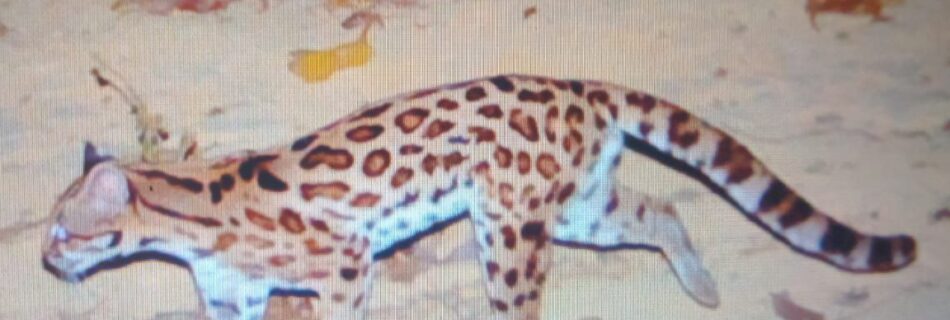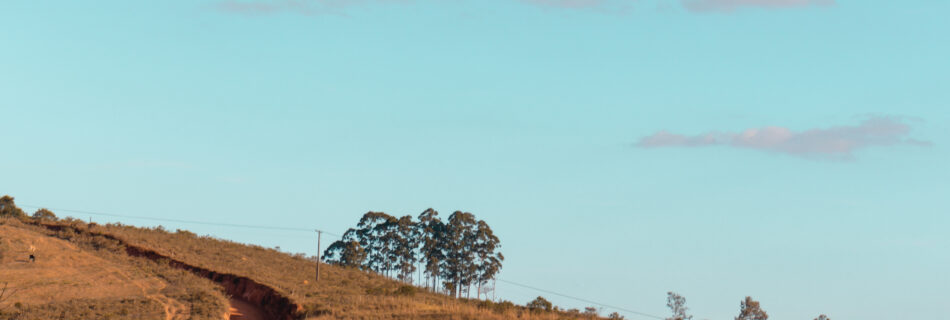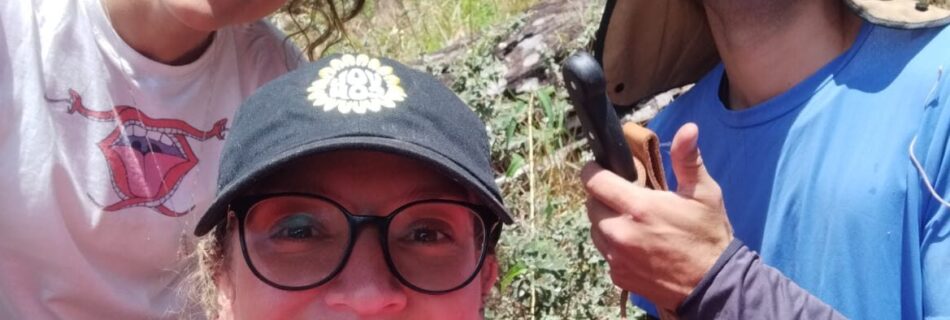A rare encounter: discovering a Tigrina in Brasília’s Central Plateau
We’ve made an incredible find in private areas of Brasília, within the Área de Proteção do Planalto Central (Area for the Protection of the Central Plateau). Our team has captured images of a tigrina sp, also known as the margay (Leopardus wiedii), a remarkable feline typically found in forested regions. However, based on the photographs and the distinct pattern of its stripes, we suspect that this tigrina may belong to the Atlantic Forest subspecies. Since we are operating in the Cerrado region, where these species have the potential to interbreed, it is crucial that we conduct a DNA test to confirm the exact species identity. This verification will help us understand the genetic makeup of this population and its implications for conservation. The discovery of the tigrina in this area is significant for several reasons. Firstly, it highlights the ecological importance of the Central Plateau’s unique habitats and underscores the need for their protection. Finding evidence of such an elusive and beautiful species serves as a reminder of the rich biodiversity present in this region, which must be preserved for future generations. Moreover, identifying and understanding the genetic status of this population can provide insights into the health of the local ecosystem and inform conservation strategies. By ensuring the survival of both the tigrina and its habitat, we can contribute to the broader efforts to maintain ecological balance and safeguard the intricate web of life that exists within the Cerrado. This discovery is not just a win for wildlife enthusiasts, it is a beacon of hope for biodiversity conservation. We are excited to take the necessary steps to validate our findings and further explore the significance of the tigrina in this remarkable area.



